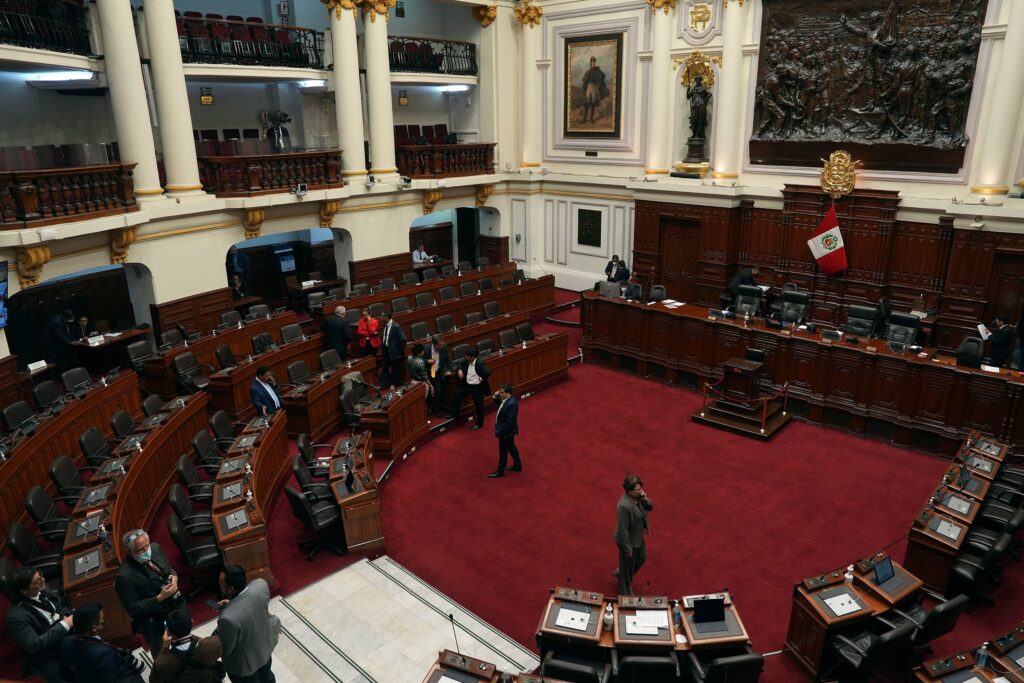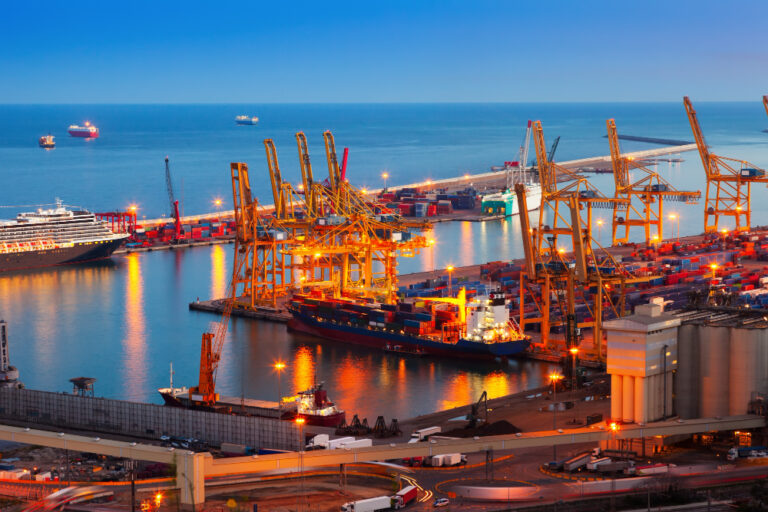
On March 25, 2025, Peru’s President Dina Boluarte addressed the nation from Palacio de Gobierno, announcing general elections set for April 12, 2026. The televised speech, attended by key electoral officials, marked a critical juncture for a country grappling with political instability and a surging crime wave that has intensified since Boluarte assumed power in December 2022. The elections will determine Peru’s next president, bicameral Congress, and Andean Parliament representatives, offering a potential reset after years of turmoil.
The Announcement
President Boluarte, who ascended to office following the impeachment of Pedro Castillo, framed the election call as a democratic renewal. “I assumed the presidency in a moment of profound division,” she stated, reflecting on the violent protests that claimed over 50 lives in early 2023. She pledged a transparent process, with the National Office of Electoral Processes (ONPE), National Jury of Elections (JNE), and National Registry of Identification and Civil Status (RENIEC) overseeing preparations. Yet, her announcement comes against a backdrop of escalating public insecurity, a challenge that has defined her tenure.
A Growing Crime Crisis
Since Boluarte took office, Peru has witnessed a dramatic rise in crime, particularly extortion, which has become a pervasive threat to citizens and businesses alike. This surge has fueled public outrage and eroded trust in her administration. Extortion cases, often linked to organized crime, have skyrocketed, with small businesses, transport operators, and even households targeted by threats and violence. Meanwhile, homicide rates, while fluctuating, remain a stark indicator of the broader security crisis.
The table below highlights key crime statistics from 2018 to 2025, illustrating the troubling trend:
| Year | Homicide Rate (per 100,000) | Extortion Cases Reported | Notes |
|---|---|---|---|
| 2018 | 7.61 | ~3,500 | Pre-Boluarte baseline |
| 2019 | 7.27 | ~4,000 | Stable crime levels |
| 2020 | 8.30 | ~4,200 | Pandemic-related increase |
| 2021 | 7.90 | 4,510 | Castillo era begins |
| 2022 | 7.80 | 15,948 | Boluarte takes office in Dec |
| 2023 | 3.20 | 22,162 | Sharp homicide drop, extortion up |
| 2024* | ~4.50 (est.) | 21,425 | Full-year estimate |
| 2025* | ~5.00 (est.) | 3,841 (Jan-Mar) | Partial data as of March 25 |
Sources: Homicide rates from Statista/InSight Crime (2018-2023), MacroTrends, and Peru Reports; extortion data from Infobae and X posts citing the Ministry of Interior’s Observatory of Citizen Security. 2024 and 2025 figures are estimates based on trends and partial data.
While homicide rates dropped to a historic low of 3.2 per 100,000 in 2023—potentially due to underreporting or shifts in criminal focus—extortion has exploded. Between 2021 and 2024, reported cases quintupled from 4,510 to 21,425, with 3,841 already recorded in the first three months of 2025. This suggests 2025 could rival or exceed previous years if the trend continues. Critics argue that Boluarte’s reliance on states of emergency and military deployments has failed to curb organized crime, instead shifting its focus to lucrative extortion rackets.
Context of the Call
The election announcement follows the swearing-in of Julio Díaz Zulueta as Minister of the Interior on March 24, 2025, a move that has drawn scrutiny given his controversial past. Public perception of insecurity has soared, with 85.9% of Peruvians reporting feeling unsafe in a 2024 survey—the highest in nearly a decade. Boluarte’s call adheres to constitutional timelines but also serves as a pivot from mounting criticism over her handling of crime and governance.
A Nation at a Crossroads
Boluarte’s tenure has been marred by allegations of inaction, from her unexplained absence during a cosmetic surgery scandal to the persistent “Caso Cofre” probe. The crime wave, however, has become the defining issue. Transport strikes, like the one in September 2024 that prompted a Lima-Callao emergency decree, underscore the human cost: drivers and operators face daily extortion threats, often backed by violence.
With 41 political parties gearing up for 2026, the election could reshape Peru’s future. Yet, the incoming government will inherit a nation where insecurity, poverty, and distrust dominate. The reintroduction of a bicameral Congress adds complexity, potentially amplifying debates over security policy.
A Call to Action
Boluarte urged citizens to see the election as a “sovereign act” to reclaim democracy. For many, it’s also a chance to demand accountability after years of instability—six presidents since 2016—and a crime crisis that has worsened under her watch.




